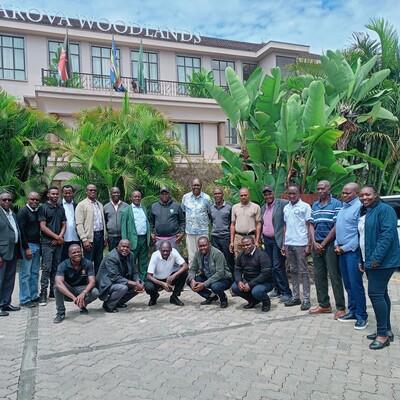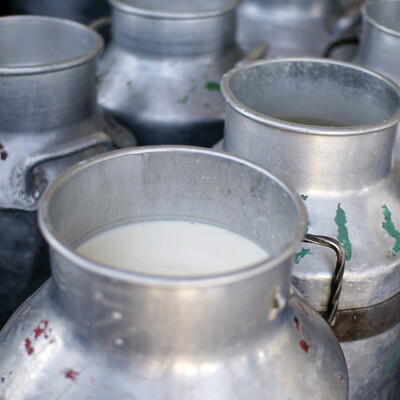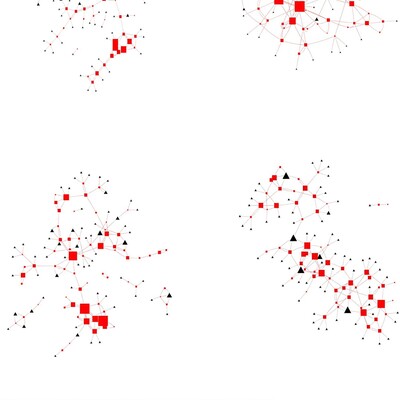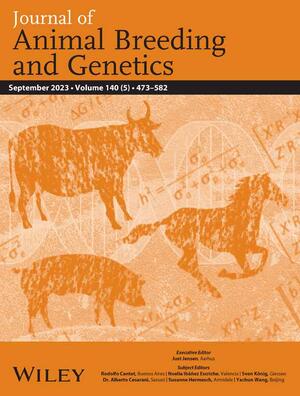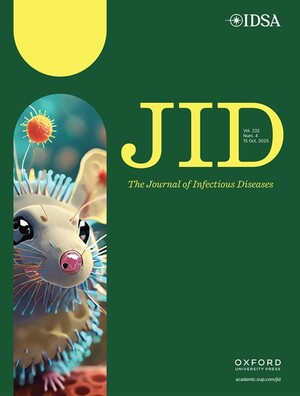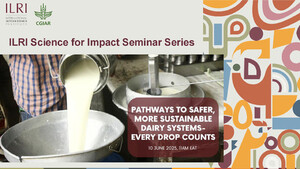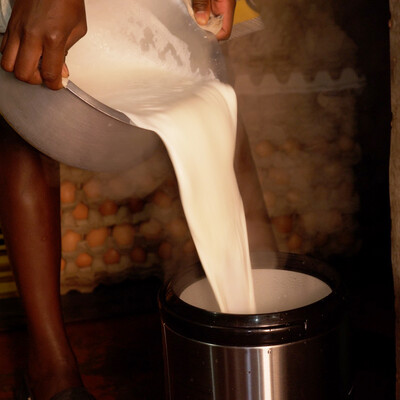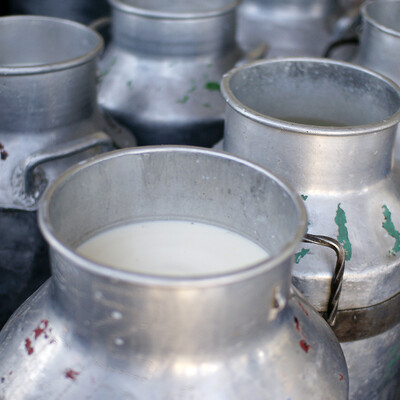
Can dairy value-chain projects change gender norms in rural Bangladesh?
Value-chain projects are increasingly being used to link smallholders to markets. However, in contexts where women tend to own and control fewer assets than men, and are more likely to be involved in informal rather than formal market activities, there is potential for value-chain projects to have unintended consequences on gender dynamics.
Using both quantitative and qualitative research methods, the Gender, Agriculture, and Assets Project (GAAP) worked with CARE-Bangladesh to assess the impact of the Strengthening the Dairy Value Chain Project (SDVCP) on (1) women’s ownership of assets, men’s ownership of assets, and jointly held assets; (2) gender norms around asset ownership and control; (3) gender norms regarding decisionmaking in these areas surrounding the dairy value chain; and (4) trade-offs and time costs involved in project participation.
The authors of this IFPRI report found that participation in SDVCP had significant positive impacts on the composition of household assets. SDVCP participants increased the value of livestock assets, as well as the value of agricultural and nonagricultural productive assets, relative to nonparticipant households that were similar prior to the program. While participation in the program increased the value of men’s assets, it also increased the value of assets held jointly by men and women. This finding suggests that women were able to build up assets, not by acquiring assets that they exclusively owned, but by acquiring jointly owned assets.
They also found that program participation tended not to affect who makes dairy-related decisions. Regardless of SDVCP participation, dairy-related decisions involving financial outlays or inflows were made by husbands, while those about allocation of milk not for sale were made by wives. However, SDVCP participation had a modest impact on men’s and women’s decisionmaking within the household, favoring greater participation of women in household decisions and greater control by women of money for household expenses. SDVCP also increased women’s mobility and ability to access value-chain services (input dealers, livestock health workers, milk collection points) both inside and outside the community.
SDVCP participation also increased households’ time allocation to the specific dairy activities encouraged by the program, particularly activities related to livestock health and hygiene. This increase in time allocation was borne mostly by adult women. SDVCP also increased women’s time spent on dairy activities located within the homestead, while it increased adult men’s time spent on dairy activities that required leaving the homestead. There was no significant impact on young girls’ time devoted to dairy activities, but there was a small increase among young boys. We find that the increased allocation of adult women’s time for dairy activities came at the expense of their time in household activities, with young girls (but not boys) consequently increasing their time in domestic work.





